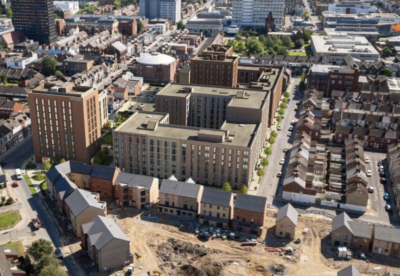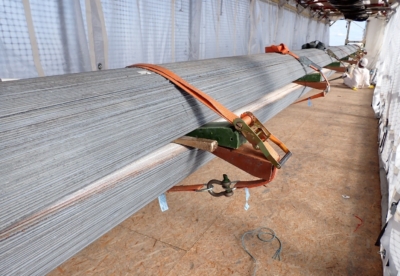The admission came as the housing giant unveiled a disappointing set of results which have prompted a company-wide strategy review under new chief executive Peter Truscott.
Adjusted pre-tax profits were down to £121.m for the year to October 31 2019 from £168.7m last time as sales dipped to £1,095m from £1,122m.
The new strategy will look to improve operational efficiency on site and introduce group-wide construction specifications to slash material buying costs.
Truscott said: “Historically, we have defined operational efficiency in terms of building an off-site manufacturing capability.
“OSM will remain an important development for our sector and we will continue to assess its relevance for our delivery model.
“However, our operational efficiency opportunity is much wider than just OSM and this historically narrow view reflects where we have lost pace with our competitors and their ways of working.
“Currently, we are inconsistent with many aspects of our operations, often doing things differently from site to site and from one division to another.
“This has led to higher build costs than necessary, inconsistent quality and delivery, excessive overheads and selling costs, and inefficient use of working capital.
“Significant benefits will be derived from the adoption of our new house type range which is currently being rolled out across the Group.
“It comprises 24 core house types and builds. It is designed to be plotted effectively with common depths enabling efficient roof construction and the ability for accommodation to be arranged over two, two and a half, and three floors.
“We will target 80% of our production coming from this new range over time.
“Our build costs will benefit from the introduction of the new house type range and we also anticipate significant savings being derived from a standard group specification.
“Previously, we specified our product too widely across divisions and our supply chain, leading to excessive costs and insufficient buying power.”






 (300 x 250 px).jpg)















































.gif)
